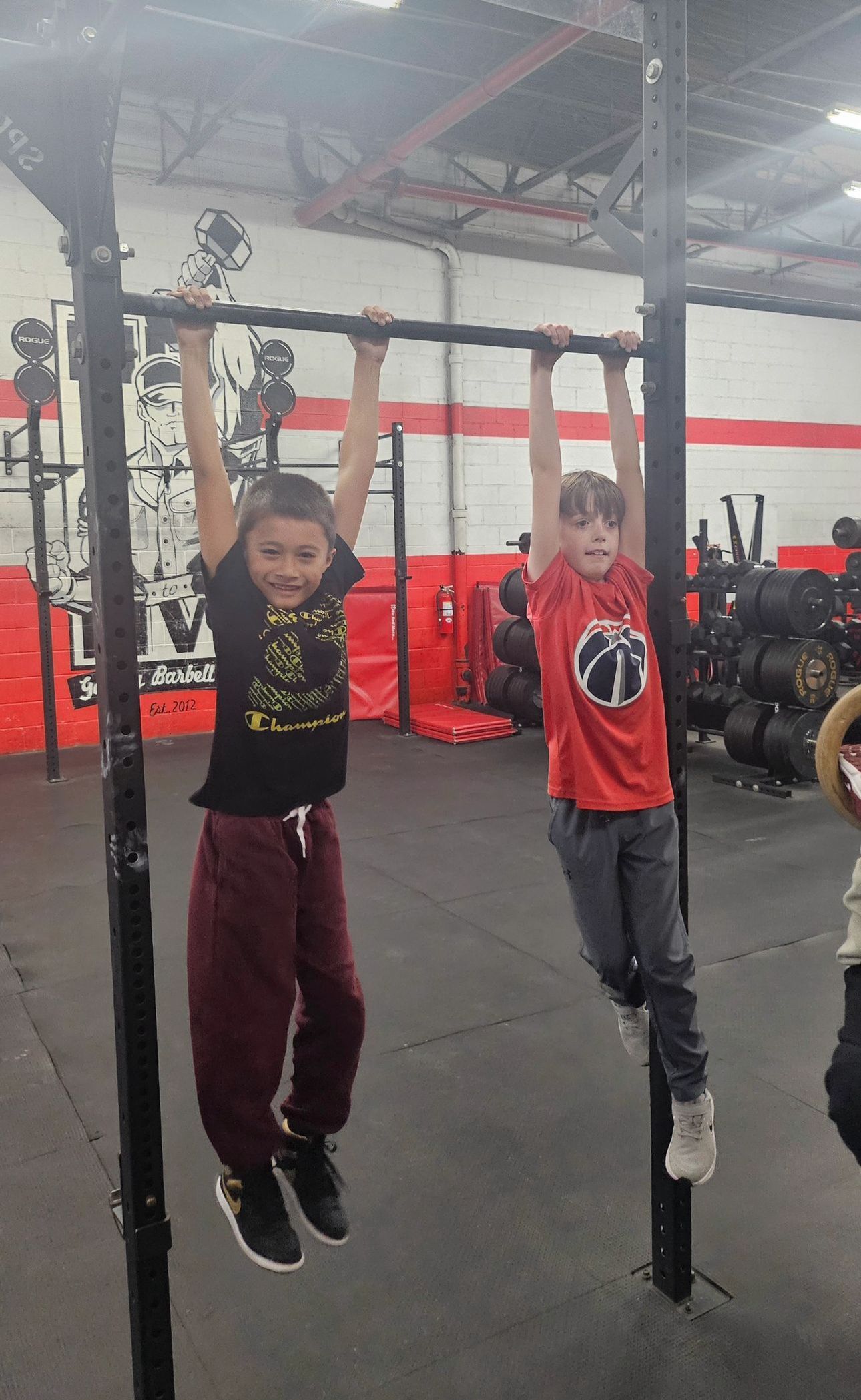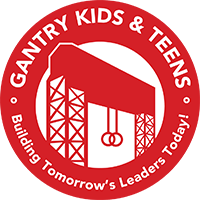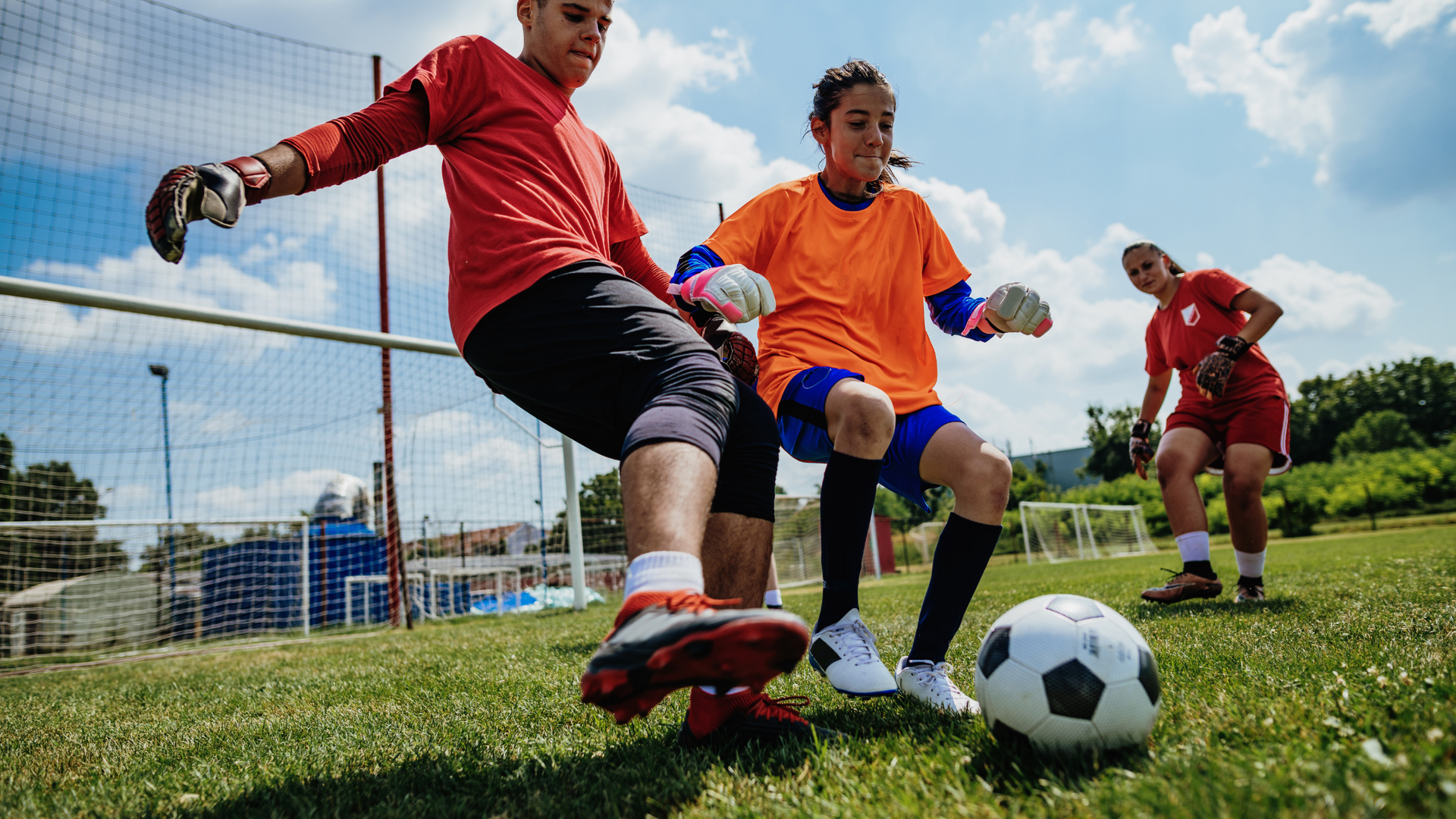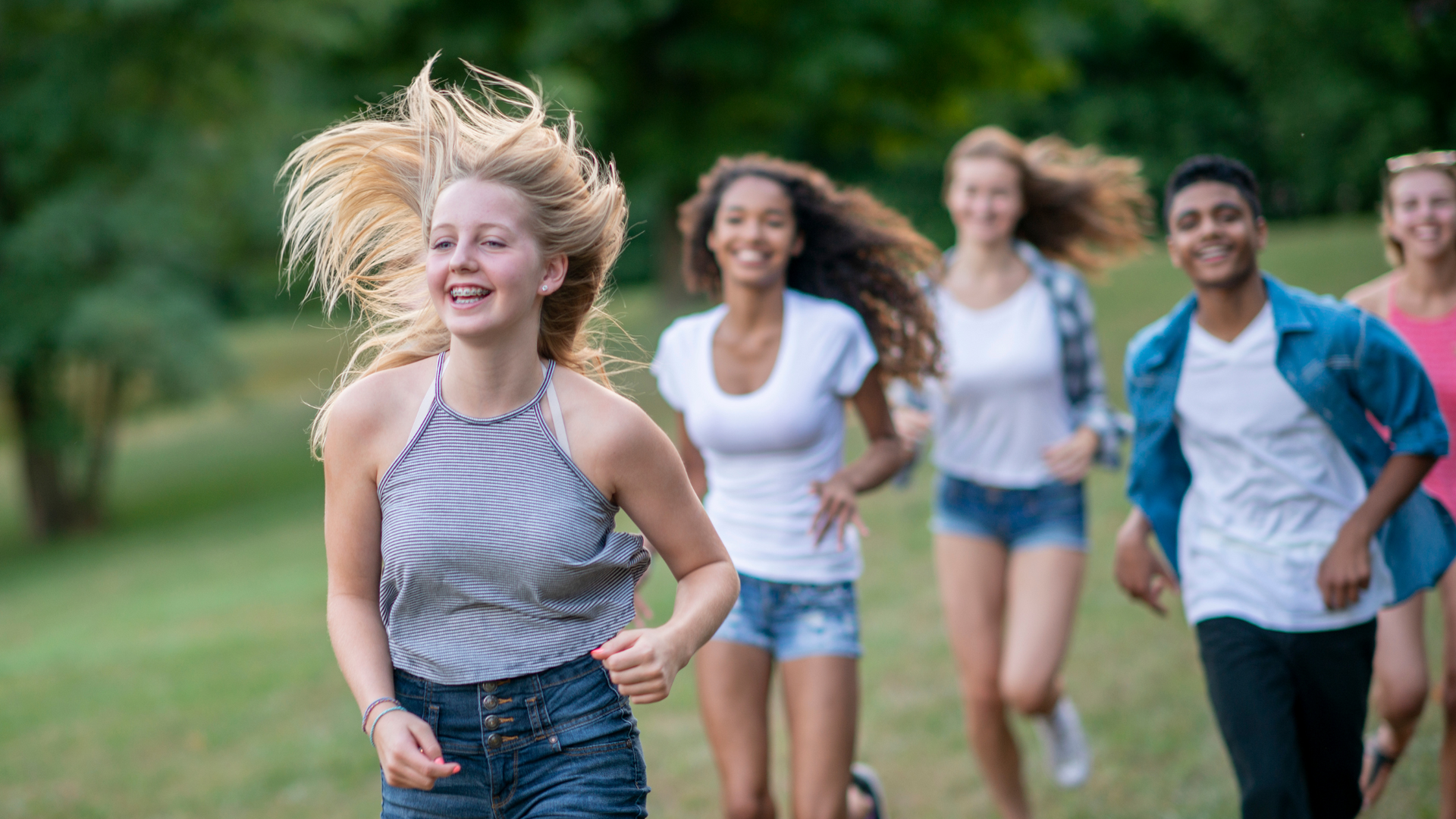Boosting Youth Athletic Performance: Conditioning Exercises to Enhance Agility, Speed, and VO2 Max
Conditioning is a cornerstone of athletic training, especially for young athletes whose bodies and skills are still developing. Effective conditioning not only enhances physical capabilities but also lays the foundation for future success in sports. It involves specialized training that focuses on key performance attributes such as agility, speed, and VO2 Max—each vital for excelling in competitive sports environments.
This blog aims to provide parents and coaches with effective conditioning exercises that specifically enhance agility, speed, and VO2 Max in youth athletes. By incorporating these exercises into regular training programs, young athletes can significantly boost their performance across various sports, ensuring they not only keep pace with their peers but stand out on the field, court, or track.
Understanding Agility, Speed, and VO2 Max
To optimize a young athlete's training, it's crucial to focus on key performance components: agility, speed, and VO2 Max. Each plays a vital role in various sports, influencing how effectively athletes can compete and succeed.
Agility is the ability to move quickly and change direction with ease and precision. This skill is essential in sports that require sudden shifts in movement and strategy, such as soccer, basketball, and tennis. Agility helps athletes dodge opponents, make quick turns, and adjust their strategies on-the-fly, contributing significantly to their overall performance and ability to react to in-game situations.
Speed is defined as the capability to move swiftly across the ground. It is fundamental in sports where time and distance are critical factors. In track and field, football, and swimming, speed can be the defining factor between winning and losing. It allows athletes to outrun competitors, reach positions faster, and close or create gaps more effectively.
VO2 Max, or maximal oxygen uptake, is the greatest amount of oxygen an athlete can use during intense or maximal exercise. It is a critical measure of an athlete's cardiovascular fitness and aerobic endurance. Sports such as cross-country running and cycling rely heavily on an athlete's VO2 Max because they require sustained physical exertion over a period, making the ability to process and utilize oxygen efficiently fundamental for maintaining performance and stamina.
Understanding and developing these aspects through
targeted training can greatly enhance a young athlete's ability to perform at their best. Each element, agility, speed, and VO2 Max, complements the others, leading to a well-rounded athlete capable of facing the diverse challenges of competitive sports.
Key Conditioning Exercises for Agility
To enhance agility, specific exercises can be implemented into a training regimen. Here are some effective drills designed to improve quick directional changes and coordination:
Ladder Drills: Using an agility ladder, athletes perform various patterns of footwork that require them to step in and out of the ladder squares rapidly. These drills enhance foot speed and coordination, essential for sports requiring quick foot movements. Exercises like the "Ickey Shuffle" or "In-and-Outs" force athletes to adjust their footing quickly, improving their ability to change directions swiftly.
Cone Drills: Cone drills involve setting up cones in various patterns and having athletes weave through them at high speed. This not only boosts lateral agility but also helps in developing split-second decision-making skills. For instance, the "T-Drill" is excellent for enhancing the ability to accelerate, decelerate, and quickly change direction based on visual cues.
Shuttle Runs: Shuttle runs are short sprints back and forth between set points, often used to enhance both speed and agility. This exercise teaches athletes to accelerate, stop, and change direction efficiently, which is particularly useful in sports like basketball or soccer where such movements are frequent.
Key Conditioning Exercises for Speed
To develop speed in young athletes, specific exercises designed to enhance muscle reaction times and explosive power are essential. Here are some effective speed conditioning exercises:
Sprint Repeats: These are short, intense bursts of running performed repetitively with a focus on maximum effort. Sprint repeats improve neuromuscular efficiency, allowing muscles to contract faster and more forcefully. This training helps athletes develop the ability to quickly accelerate, which is crucial in sports like track and field and football.
Resistance Training (Parachute Runs): Parachute runs involve sprinting while pulling a parachute that provides resistance. This form of training increases leg strength and explosive power due to the added force required to move forward. The resistance also enhances stride length and frequency, critical components of speed that help athletes move faster once the resistance is removed.
Plyometrics: Plyometric exercises, such as jump squats, box jumps, and bounds, are designed to increase explosive power through fast, powerful movements. These exercises train the muscles to exert maximum force in minimal time, leading to quicker takeoffs and faster sprint times. Plyometrics improve the stretch-shortening cycle of muscle contractions, which is essential for rapid movements in sports.
Key Conditioning Exercises for VO2 Max
Improving VO2 Max is essential for sports that require sustained energy output, such as long-distance running, cycling, and rowing. Here are some effective exercises that can help enhance cardiovascular endurance and boost VO2 Max:
Interval Training: This involves alternating periods of high-intensity exercise with periods of lower intensity or rest. For example, running at a sprint for one minute followed by jogging for two minutes, and repeating this cycle several times. Interval training pushes the body to adapt to varying demands, improving its ability to utilize oxygen efficiently and increase VO2 Max. It also helps enhance recovery speed between bouts of intense activity, which is crucial in many sports.
Tempo Runs: Also known as threshold runs, tempo runs are performed at a challenging but sustainable pace for a set duration, typically 20-30 minutes. These runs are crucial for teaching the body to sustain high speeds without entering the anaerobic zone, which improves metabolic fitness and increases the efficiency of oxygen use in the muscles.
Hill Workouts: Training on hills involves running or cycling up steep inclines, which requires significant effort and thus increases cardiovascular strain. Hill workouts strengthen the heart, lungs, and relevant muscle groups, enhancing overall cardiovascular endurance and VO2 Max. The resistance provided by the incline improves muscle strength and endurance, contributing to better performance on flat surfaces as well.
Incorporating these exercises into a conditioning program will not only enhance an athlete's VO2 Max but also improve their overall stamina and endurance. Regularly performing these workouts allows athletes to perform at higher intensities for longer periods, which is essential for success in endurance sports and beneficial for all athletic endeavors requiring sustained energy output.
Wrapping Up
Agility, speed, and VO2 Max are foundational elements that significantly enhance athletic performance across a broad spectrum of sports. Agility enables athletes to maneuver swiftly and accurately, reacting to game dynamics with precision. Speed allows for explosive movements and rapid ground coverage, giving athletes a competitive edge in races and fast-paced sports situations. Meanwhile, a high VO2 Max underpins an athlete's endurance and capacity to sustain high-intensity efforts throughout lengthy competitions.
For coaches and parents, incorporating specific conditioning exercises that enhance these attributes is crucial for the comprehensive development of young athletes. By focusing on agility drills, speed workouts, and exercises that boost VO2 Max, you can provide a structured and effective training regime that not only hones specific skills but also enhances overall athletic performance.
As we
nurture young athletes, our aim extends beyond just refining their abilities on the field or track. Through well-rounded athletic conditioning, we are also fostering healthier, more resilient, and confident individuals. These attributes will serve them well beyond their competitive years, contributing to their lifelong wellbeing and success.
Learn About Our Strength Training for Sport Specific Athletes











